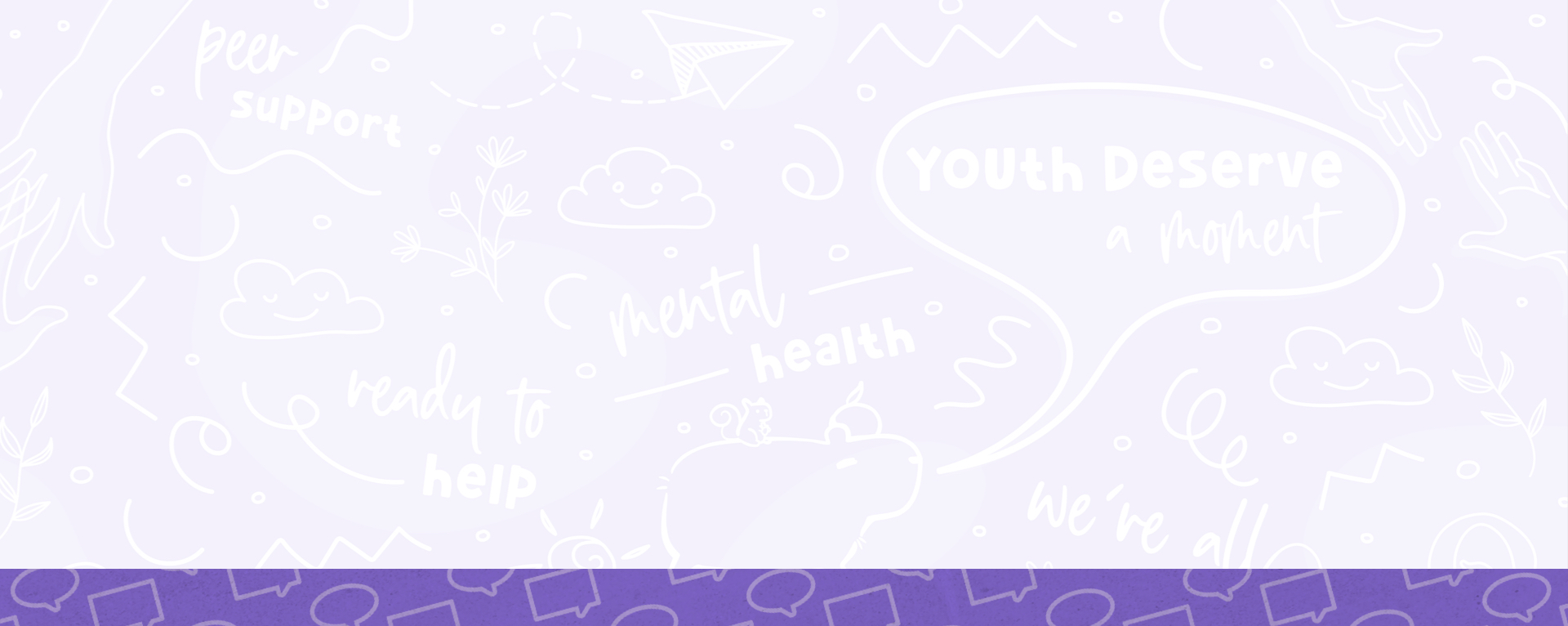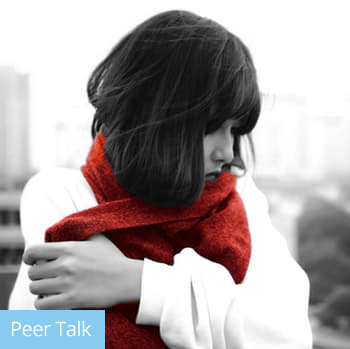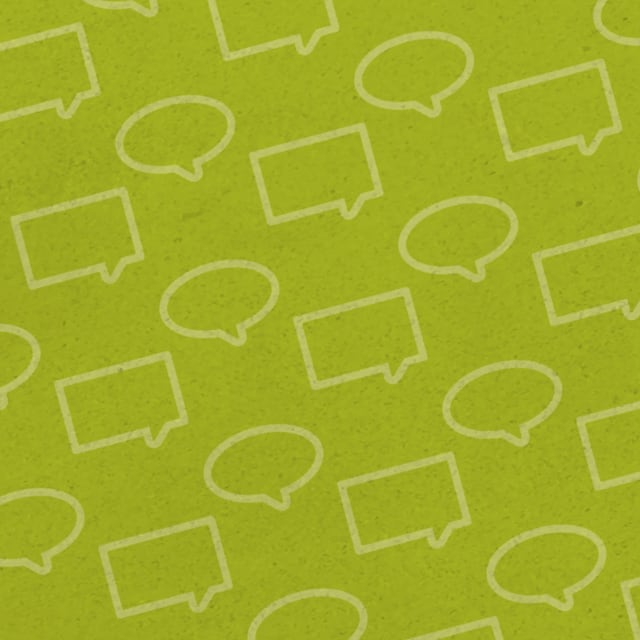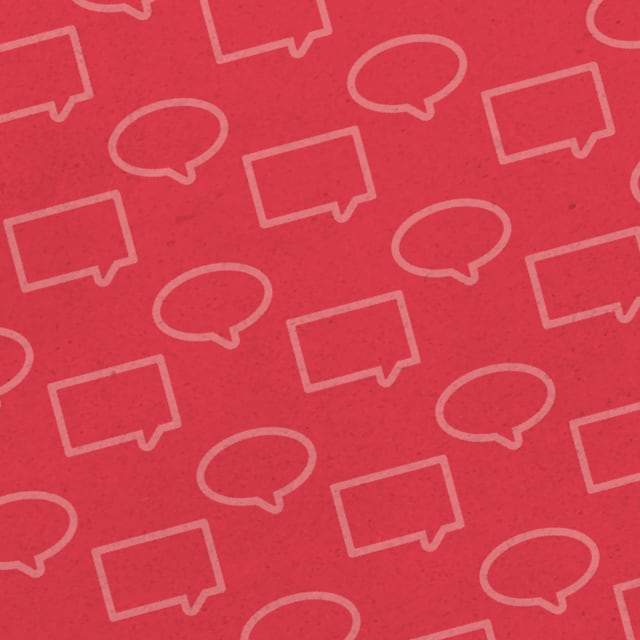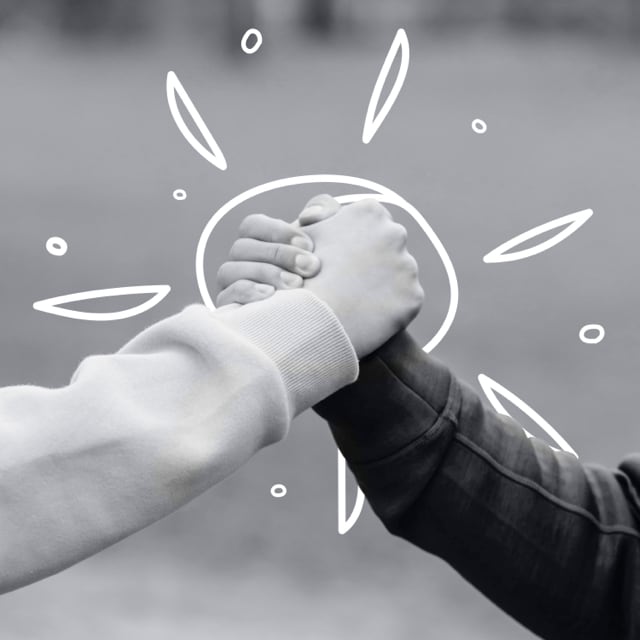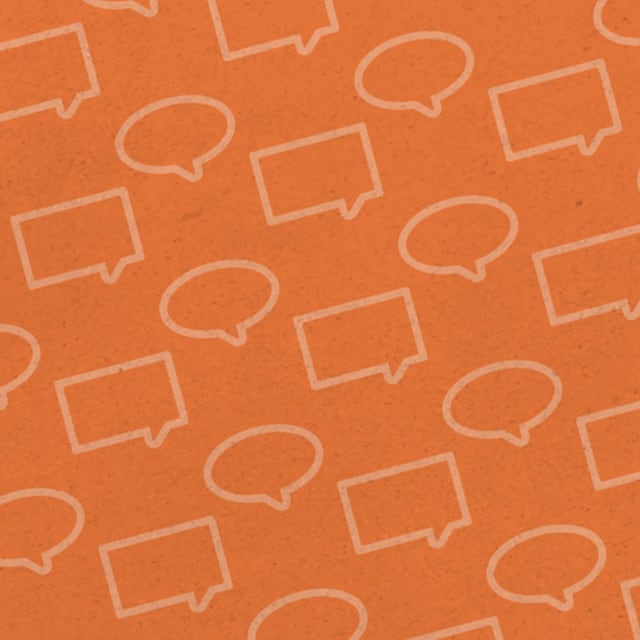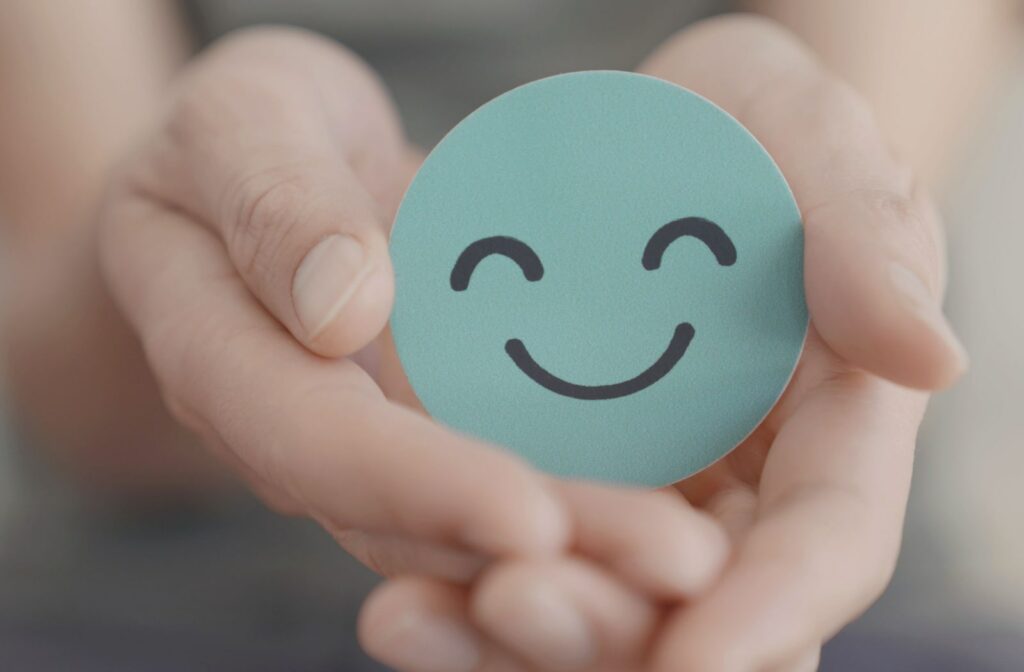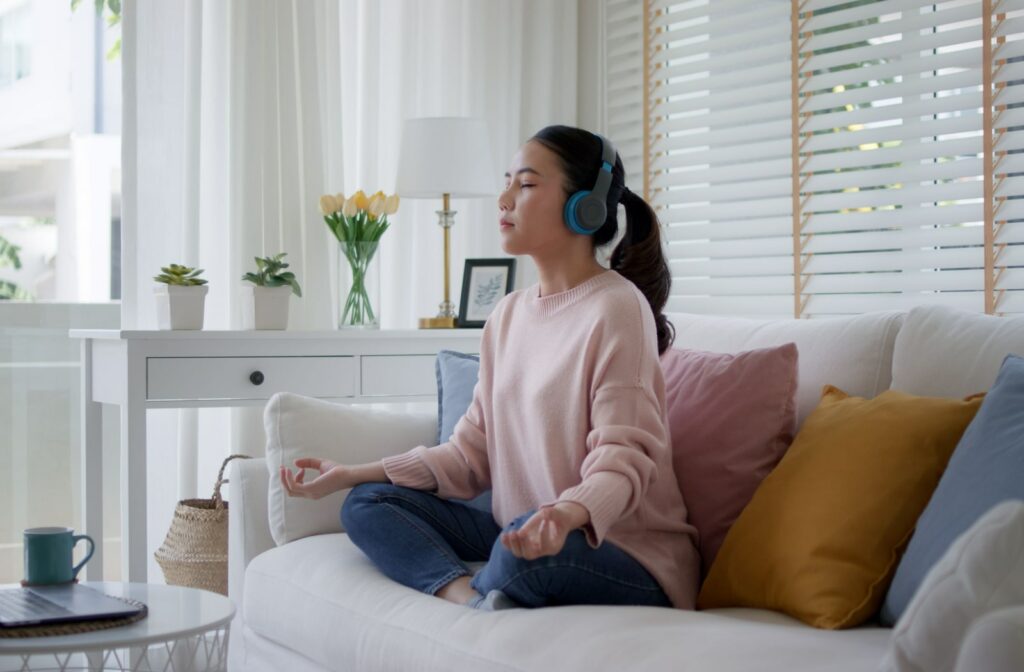That’s a very common question asked and it’s very important to know the difference between the two because Social Anxiety is mistaken to be an extreme of shyness a lot. Shyness is the feeling of awkwardness and discomfort during encounters with other people and it can also lead to physical symptoms such as sweating, upset stomach, heart throbbing or even blushing. People with shyness usually tend to have very negative thoughts of themselves. It’s very common and normal to experience shyness at a point in your life. We understand that it very difficult to go through the experience of shyness, the distress center is always here to listen. 80% of people say they have experienced shyness at one point in their life as oppose to Social Anxiety which affects 7% of the population over any period of time and the chances of developing this disorder is just over 13%. From these statistics you can see that shyness is a lot more common than social anxiety disorder and it is said to be natural for a human to have a percentage of shyness in particular situations. Unfortunately, the two are commonly misdiagnosed and confused to be the other. We have to be very careful not to assume that there is something wrong with having either of these. A common misconception of Social anxiety disorder is that people with it are socially unsophisticated and generally isolate themselves, however, many times the people diagnosed with this are kids who are at the center of attention and under pressure to be good. Social Anxiety is the fear of what others will think of you and how they will judge you, unlike shyness, social anxiety doesn’t go away on its own. Some big triggers of both shyness and social anxiety are very similar such as being the center of attention, meeting new people, making small talk, being criticized or teased and public speaking. A lot of people in very different situations go through this for many different reasons. It’s not always the kid who doesn’t talk or socialize with many people it can be quite the opposite for reasons such as pressure to always be the best or even being the center of attention at a game they lose or don’t do good in.
Many people believe that there’s no way out of these situations, luckily for people with shyness it can fade over time. People with a social anxiety disorder can take steps to get through this. Social nerves are natural although it is good to look into controlling them so matters don’t get worse. Being misdiagnosed can be very dangerous. It can cause ones social nerves to act up, making them think they have something so big to worry about and to feel like they have no way out. There are many ways to overcome both and one is not to over think everything. Not to over think the next conversation you’re about to have or walking into class late. It might be hard but over thinking too much is also what leads to the physical symptoms that we talked about earlier. “Go with the flow” is a saying used often and in these situations do exactly that and you may become more comfortable with your surrounding circumstances. Many of the ways to overcome both intertwine with one another. By engaging with others, trying new things, and making yourself vulnerable and mindful all tie into working up the courage to have one key component “confidence”. Once gaining this component you have learned to overcome your biggest fears. It won’t happen overnight and it won’t be the easiest thing you do but it will definitely be an accomplishment you should be proud of and the distress center will be here to help every step of the way. If this isn’t accomplished don’t be upset sometimes you just need the extra push or help to get through it and don’t be ashamed to ask for it. You need to understand what you need and what you’re going through, talking things through is very helpful. For Social Anxiety Disorder, you can proceed with many different therapies such as psychoeducation in which you are taught understand what exactly it is that you’re going through and why. You can also proceed with cognitive behavior therapy, which helps you get to the roots and triggers of your anxiety. Remember, social anxiety disorder is very common as it’s actually the third most common mental health disorder. And always remember that you can reach out for help, don’t be ashamed to call the distress center, we can help you with just about anything. We’re here to help and we don’t judge!
Feel free to chat with us online at www.Calgaryconnecteen.com, or text us at 587.333.2724 during our peer support hours (you can find them on our website). Or you can call us 24/7 at 403.264.TEEN (8336). Our trained volunteers are here because they care about people and want to be able to support you.
References
https://socialanxietyinstitute.org/shyness-or-social-anxiety-disorder
https://www.psychalive.org/the-difference-between-social-phobia-and-shyness/
https://www.liberationinmind.com/social-anxiety-shyness/

